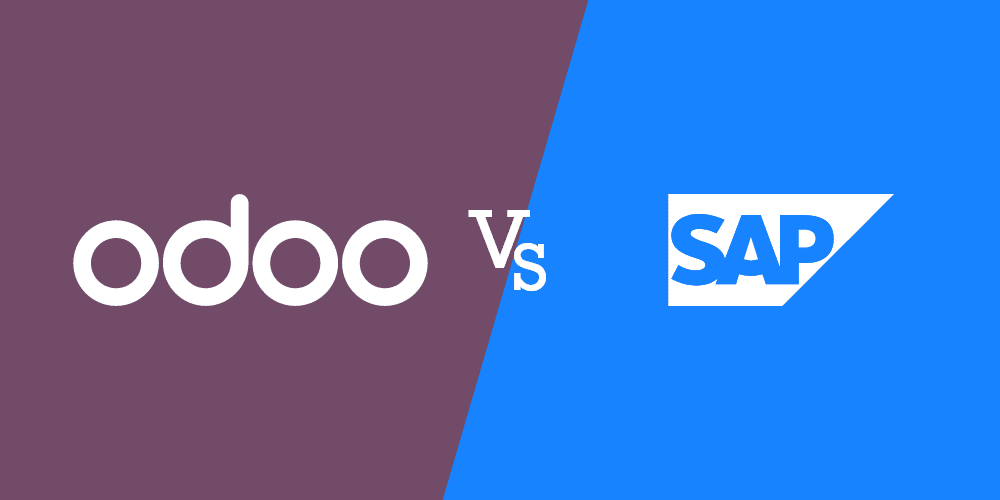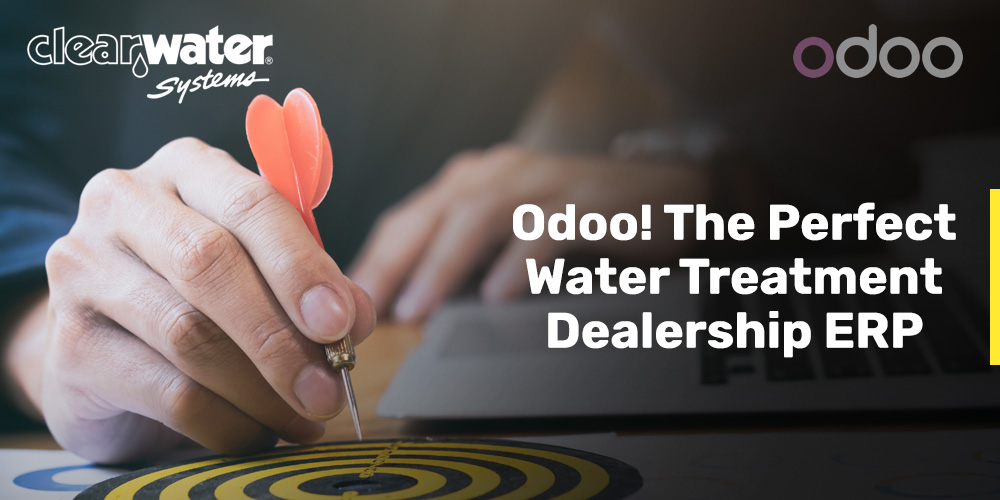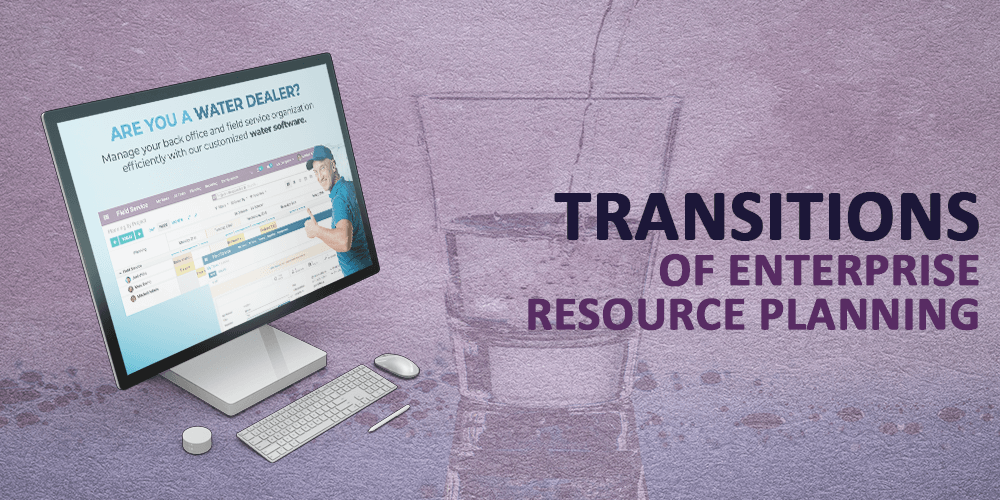While implementing enterprise resource planning (ERP) software in an organization, many names will come to mind: Odoo, Microsoft Dynamics, Oracle, Net suite, SAP and many more. Imagine if you want a system that can help you streamline your operations but also meets the unique needs of your industry. In such a situation, it is essential to evaluate the features, pricing, user experience, customization, scalability, and support of different ERP systems to find the one that is the best fit for your business.
Odoo and SAP are popular ERP systems offering various features to help manage multiple business operations. While both systems are designed to help businesses streamline their processes, there are several key differences to consider when deciding which system best fits your organization.
In this blog, we will compare the features, pricing, overall user experience, customization, scalability, and support of Odoo and SAP.
Features:
Odoo is an all-in-one ERP software that includes accounting, sales, inventory, manufacturing, project management applications, and more. It is open-source software, meaning anyone can download, use, and modify the software’s code as per their needs. Odoo is known for its modular approach, meaning users can choose the specific applications they need and ignore the rest.
On the other hand, SAP is a suite of enterprise software applications that includes various modules such as financial management, supply chain management, human capital management, customer relationship management, and more. SAP is known for its robust functionality, but it can be overwhelming for smaller businesses that only need some features.
Pricing:
One of the most significant differences between Odoo and SAP is their pricing models. Odoo offers a free version of its software called Odoo Community. This version includes most of the features of the paid version but is limited in support and updates. The paid version of Odoo is called Odoo Enterprise and is priced based on the number of users and the specific modules used.
SAP, on the other hand, does not offer a free version of its software. Instead, businesses must purchase a license for the software, which can be expensive. SAP’s pricing is based on various factors, including the number of users, the modules used, and the required level of support.
User Experience:
When it comes to user experience, Odoo and SAP are quite different. Odoo is known for its simple and intuitive user interface, which is designed to be easy to use even for non-technical users. This makes it an excellent option for small to mid-sized businesses that may not have a dedicated IT team. The software’s modular approach means that users can choose the specific applications they need and ignore the rest, which can reduce clutter and simplify the user interface.
SAP, on the other hand, is known for its complexity. The software’s robust functionality means that there are a lot of features to navigate, which can be overwhelming for users who need to become more familiar with the software. The system requires significant training and expertise to use effectively, which can be a challenge for smaller businesses with limited resources.
Customization:
Odoo is known for its flexibility and customization options. Odoo’s modular architecture makes it easy to customize the system to meet specific business needs. Users can choose from hundreds of modules and various apps to add functionality as required without significant development work. This makes it easy for organizations to create a customized ERP system that meets their unique requirements, which may not be available in other ERP systems.
In contrast, SAP may be less customizable. While there are options for customization, it may require significant development work and additional costs.
Odoo’s modular architecture makes it easy to customize the system to meet specific business needs. Businesses can choose from a wide range of apps and modules to add functionality as required without significant development work. This allows companies to create a customized ERP system that meets their unique requirements.
Scalability:
Odoo’s modular architecture also makes it easy to scale the system as your business grows. The system can handle essential data and is designed to grow your business. It also allows adding apps and modules to support new business processes and operations.
However, if you’re looking for scalable ERP software at a high cost, SAP may be the way to go.
Support:
Odoo offers a range of support options, including a community forum, online documentation, and paid support plans. This means that users can get help and support without incurring high costs.
While SAP offers more comprehensive support options, the cost of these support options can be high. This can be a challenge for small to mid-sized organizations that may need more money to invest in expensive support plans.
Odoo offers several advantages over SAP in terms of features, pricing, overall user experience customization, scalability, and support. It is a cost-effective option for small to mid-sized businesses, with an intuitive interface, flexible customization options, and scalable architecture. While SAP is a powerful system well-suited for large enterprises with complex operations, Odoo is a better option for businesses that need a system that is customizable, accessible, and cost-effective.








